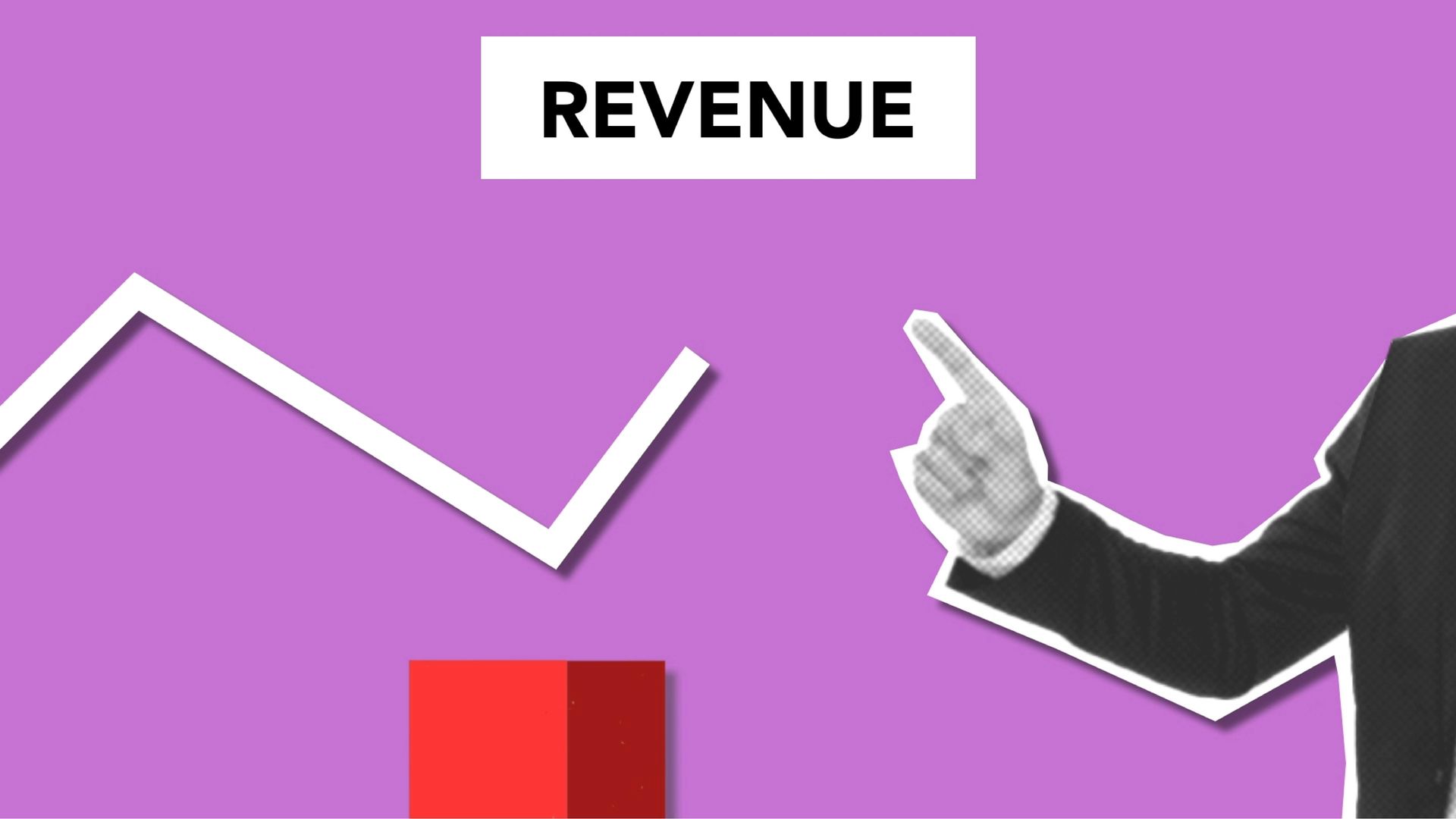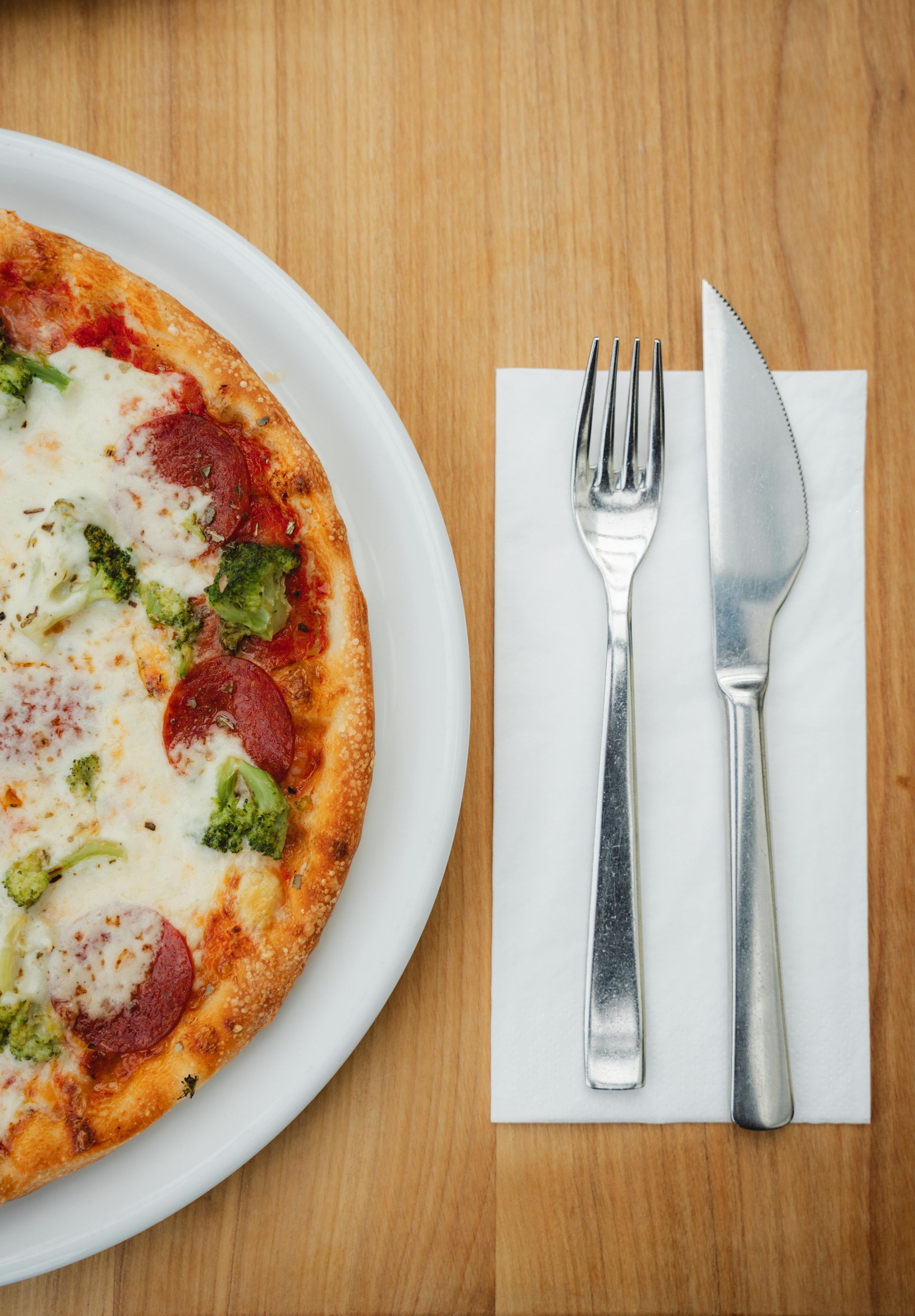Customer Complaints-Don't Run and Hide!
How to Handle Customer Complaints Like a Pro

No matter how great your restaurant is, complaints are inevitable. Even the best restaurants receive negative feedback from time to time. The key to success isn’t avoiding complaints—it’s handling them professionally and turning dissatisfied customers into loyal patrons.
When handled correctly, complaints provide valuable insights and opportunities to improve your service.
Here’s a step-by-step guide on how to handle customer complaints like a pro.
1. Stay Calm and Listen
The Situation:
A customer approaches you angrily about a mistake with their order, slow service, or a rude staff member.
What to Do:
✅ Stay calm and composed – Never react emotionally or defensively.
✅ Listen carefully – Let the customer fully explain their complaint without interruptions.
✅ Show empathy – Use phrases like, “I completely understand how that would be frustrating.”
Why It Works:
Customers want to feel heard and respected. A defensive or dismissive attitude will only escalate the situation.
2. Acknowledge the Problem and Apologize
The Situation:
A customer is upset because their steak was overcooked, their food arrived late, or their server was inattentive.
What to Do:
✅ Acknowledge the issue – Repeat their concern to show you understand:
- “I see that your order was incorrect, and I completely understand why that’s frustrating.”
✅ Apologize sincerely – A simple, “I’m very sorry for this mistake,” can go a long way.
✅ Take responsibility – Even if it wasn’t your fault, don’t make excuses.
Why It Works:
Customers appreciate when a business takes ownership of mistakes rather than shifting blame.
3. Offer a Solution Immediately
The Situation:
A customer received the wrong dish or found a hair in their food.
What to Do:
✅ Ask how you can fix it – “I’d love to make this right for you. Would you prefer a replacement or a different dish?”
✅ Provide a fair solution – Some common resolutions include:
- Remaking the meal
- Offering a discount
- Providing a free dessert or appetizer
✅ Act quickly – Solve the issue before the customer leaves.
Why It Works:
Customers value businesses that take immediate action to resolve problems.
4. Follow Up and Ensure Satisfaction
The Situation:
You’ve resolved the issue, but you want to ensure the customer leaves happy.
What to Do:
✅ Check back with the customer – A manager or server should return to ask, “Is everything better now? Is there anything else I can do?”
✅ Express appreciation – Thank them for bringing the issue to your attention.
✅ Offer a personal touch – A handwritten apology note or a future discount can turn the experience around.
Why It Works:
Following up shows the customer that their experience truly matters to you.
5. Train Your Staff on Complaint Handling
The Situation:
Your staff doesn’t know how to handle complaints properly, which leads to more frustrated customers.
What to Do:
✅ Role-play complaint scenarios – Train employees on how to respond professionally.
✅ Teach active listening skills – Staff should remain calm, attentive, and empathetic.
✅ Empower employees to resolve minor complaints – They shouldn’t have to ask a manager for every small issue.
Why It Works:
Well-trained staff can resolve issues quickly, improving customer satisfaction and reducing negative reviews.
6. Turn Negative Reviews into Positive Experiences
The Situation:
A customer leaves a bad review on Google, Yelp, or social media.
What to Do:
✅ Respond professionally – Avoid arguments or defensive responses.
✅ Apologize publicly, resolve privately – Reply with:
- “We’re very sorry for your experience. Please contact us so we can make it right.”
✅ Encourage them to return – Offering a discount or free meal can win back an unhappy customer.
Why It Works:
A well-handled complaint online shows potential customers that you care about your guests.
7. Learn from Complaints and Improve
The Situation:
You keep receiving the same type of complaints (slow service, cold food, rude staff).
What to Do:
✅ Identify patterns – Keep a complaint log to track recurring issues.
✅ Implement solutions – If wait times are too long, improve kitchen efficiency. If service is slow, hire more staff.
✅ Encourage feedback – A simple, “How was everything today?” can prevent small issues from becoming big problems.
Why It Works:
Using complaints as learning opportunities leads to long-term improvements and better customer satisfaction.
Final Thoughts
Handling complaints like a pro can turn negative experiences into positive ones. Here’s a quick recap of the steps:
✔️ Stay calm and listen – Let the customer express their concern.
✔️ Acknowledge and apologize – Show empathy and take responsibility.
✔️ Provide a quick solution – Fix the problem immediately.
✔️ Follow up – Ensure the customer leaves satisfied.
✔️ Train your staff – Empower them to handle complaints professionally.
✔️ Respond to online reviews – Address negative feedback with professionalism.
✔️ Use complaints to improve – Fix recurring issues to enhance overall service.
When done right, handling complaints professionally can turn unhappy customers into lifelong fans of your restaurant.
What’s the most challenging customer complaint you’ve had to handle? Share your experience in the comments!








